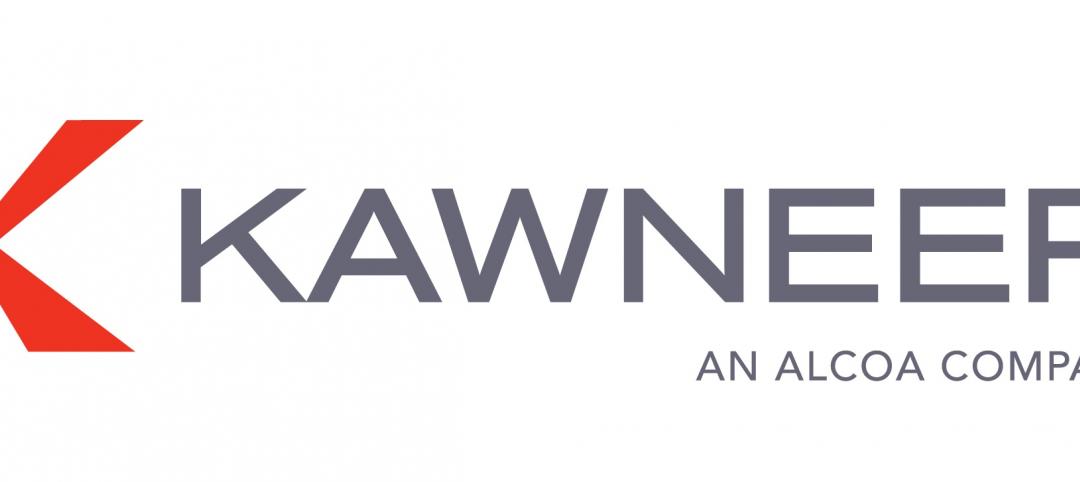Collman & Karsky does much of its work in coastal Florida, designing mission-critical facilities that are hurricane-hardened, meaning they’re resistant to high winds, flooding, and the impact of large airborne missile debris—flying chunks of wood and metal, even whole pieces of rooftop HVAC equipment. For one recent project, a renovation of the Sarasota Emergency Data Center, Collman & Karsky used Wellbilt’s Sure-Board Wall Panel, a modular, panelized wall system, to create a bunker able to withstand a Category 5 hurricane.
Karsky says the product was very clean and easy to install and required no cutting of floor slabs. “We were on an extremely tight time frame, and because it was modular, the walls could be set up quickly, allowing the other trades to come in and start working.” The modular system also cost “a little bit less” compared to concrete block or poured-in-place concrete, he says.
Hasan S. Arouri, PE, principal and senior structural project engineer for TLC Engineering for Architecture in Orlando, also attests to the benefits of the Wellbilt system: “The panels are tested and certified as hurricane-resistant, impact-resistant, and blast-resistant products, adequate and cost-effective to provide additional protection and strength for buildings located in high-velocity hurricane zones.”
TLC used them to harden the walls of the Florida Supreme Court Building in Tallahassee. Arouri says the technology provided a lightweight solution that strengthened the existing walls, enhancing their capacity to resist lateral hurricane wind pressures and providing blast-wall protection without the need for a lot of additional footings. The panels also allowed the building’s historic façade to be preserved.
Related Stories
| Feb 7, 2012
Data center construction boom driven by healthcare and technology
The study includes insight and perspective regarding current investment plans of stakeholders, potential challenges to the data center boom, data center efficiency levels, the impact of new designs and technologies, and delivery methods.
| Feb 7, 2012
Kawneer and Traco combine portfolios
Portfolio includes curtain wall systems, windows, entrances and framing systems.
| Feb 7, 2012
Lubbers promoted to creative director at Wight & Co.
Lubbers has been instrumental in many recent high profile Wight projects, including the College of DuPage Student Resource Center, Seaton Computing Center, The Adler Planetarium Sky Theater transformation and UNO Charter Schools.
| Feb 7, 2012
Shepley Bulfinch opens San Francisco office
This expansion establishes a physical presence that builds on a portfolio of work for institutional clients on the West Coast, dating to the development of the original Stanford University campus in 1891
| Feb 7, 2012
Thornton Tomasetti opens new office in Denver
The firm, which now has 25 offices internationally, opened the new office to better serve current and potential clients in the western Central region and Mountain States.
| Feb 6, 2012
Slight increase in nonres construction spending expected in 2012, growth projected for 2013
Commercial sector expected to lead real estate recovery.
| Feb 6, 2012
FMI releases 2012 Construction Productivity Report
Downsizing has resulted in retaining the most experienced and best-trained personnel who are the most capable of working more efficiently and harder.
| Feb 6, 2012
Kirchhoff-Consigli begins Phase 2 renovations at FDR Presidential Library and Museum
EYP Architecture & Engineering is architect for the $35 million National Archives Administration project.
| Feb 6, 2012
Batson-Cook announces the appointment of Hall as president
Hall will manage and direct all aspects of the firm’s day-to-day operations. He will be based in Batson-Cook’s Atlanta office.

















